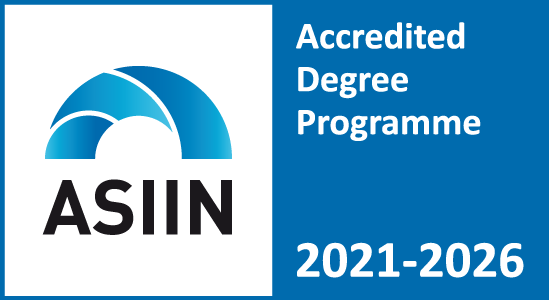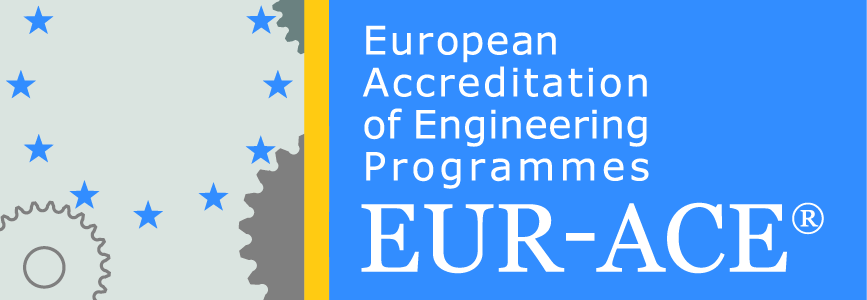| 1. Course Title | Embedded Systems | |||||||
| 2. Code | 4ФЕИТ05З007 | |||||||
| 3. Study program | КХИЕ | |||||||
| 4. Organizer of the study program (unit, institute, department) | Faculty of Electrical Engineering and Information Technologies | |||||||
| 5. Degree (first, second, third cycle) | First cycle | |||||||
| 6. Academic year/semester | IV/7 | 7. Number of ECTS credits | 6 | |||||
| 8. Lecturer | D-r Josif Kjosev | |||||||
| 9. Course Prerequisites | Taken course: Computer Architectures | |||||||
| 10. Course Goals (acquired competencies): Understands Embedded system design processes and problems with real-time applications. Knows a modern microcontroller for practical applications. Uses various application tools (hardware and software design environments). Applies tools for real-time design. Has skills for designing simple to medium complexity Embedded Systems. | ||||||||
| 11. Course Syllabus: Introduction – Embedded System definition, examples, general embedded system design-flow; embedded systems based on ARM CORTEX-M architecture – CPU, internal components (ISA, memory, buses, clock generator, VIC), STM32 peripherals (digital IO, timers, A/D and D/A, communication ports, RTC, watchdog); hardware/software design issues, programming with interrupts, real-time issues; RTOS, development tools, debugging and testing. | ||||||||
| 12. Learning methods: Lectures with presentations, excersisses (lab and including simulations), homeworks, learning through forums and consultations | ||||||||
| 13. Total number of course hours | 3 + 1 + 1 + 0 | |||||||
| 14. Distribution of course hours | 180 | |||||||
| 15. Forms of teaching | 15.1. Lectures-theoretical teaching | 45 | ||||||
| 15.2. Exercises (laboratory, practice classes), seminars, teamwork | 30 | |||||||
| 16. Other course activities | 16.1. Projects, seminar papers | 15 | ||||||
| 16.2. Individual tasks | 15 | |||||||
| 16.3. Homework and self-learning | 75 | |||||||
| 17. Grading | 17.1. Exams | 15 | ||||||
| 17.2. Seminar work/project (presentation: written and oral) | 20 | |||||||
| 17.3. Activity and participation | 5 | |||||||
| 17.4. Final exam | 60 | |||||||
| 18. Grading criteria (points) | up to 50 points | 5 (five) (F) | ||||||
| from 51to 60 points | 6 (six) (E) | |||||||
| from 61to 70 points | 7 (seven) (D) | |||||||
| from 71to 80 points | 8 (eight) (C) | |||||||
| from 81to 90 points | 9 (nine) (B) | |||||||
| from 91to 100 points | 10 (ten) (A) | |||||||
| 19. Conditions for acquiring teacher’s signature and for taking final exam | Laboratory excercisses completed | |||||||
| 20. Forms of assessment | Written exam and project with oral defence | |||||||
| 21. Language | Macedonian and English | |||||||
| 22. Method of monitoring of teaching quality | Internal evaluation and student surveys | |||||||
| 23. Literature | ||||||||
| 23.1. Required Literature | ||||||||
| No. | Author | Title | Publisher | Year | ||||
| 1 | Arnold S. Berger | Embedded Systems Design | CMP Books | 2001 | ||||
| 2 | Trevor Martin | The Insider’s Guide to Cortex M3 Microcontrollers | Hitex (UK) Ltd. | 2009 | ||||
| 23.2. Additional Literature | ||||||||
| No. | Author | Title | Publisher | Year | ||||
| 1 | David Simon | An Embedded Software Primer | Pearson Education | 2005 | ||||
| 2 | Trevor Martin | The Designer’s Guide to the Cortex-M Processor Family | Elsevier | 2013 | ||||
| 3 | Marylin Wolf | Computers as Components | Elsevier | 2012 | ||||



